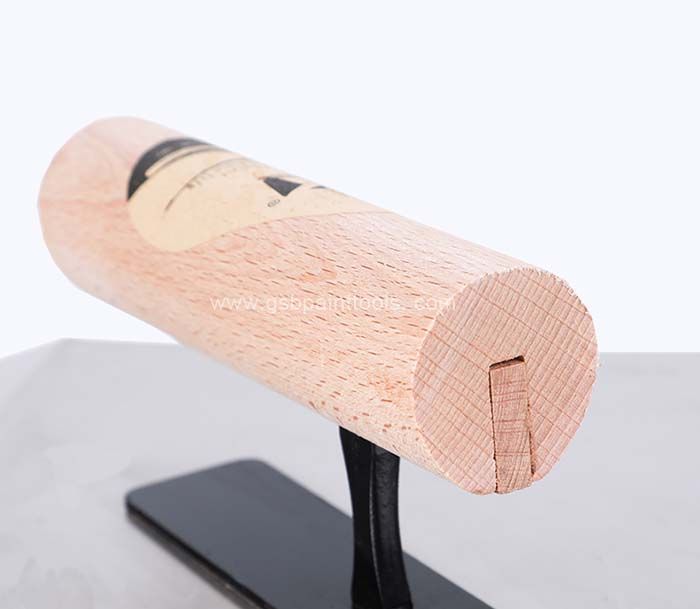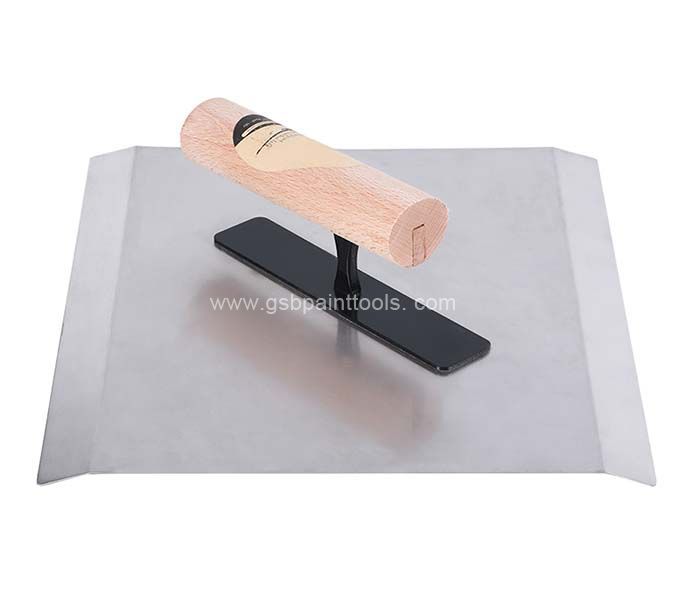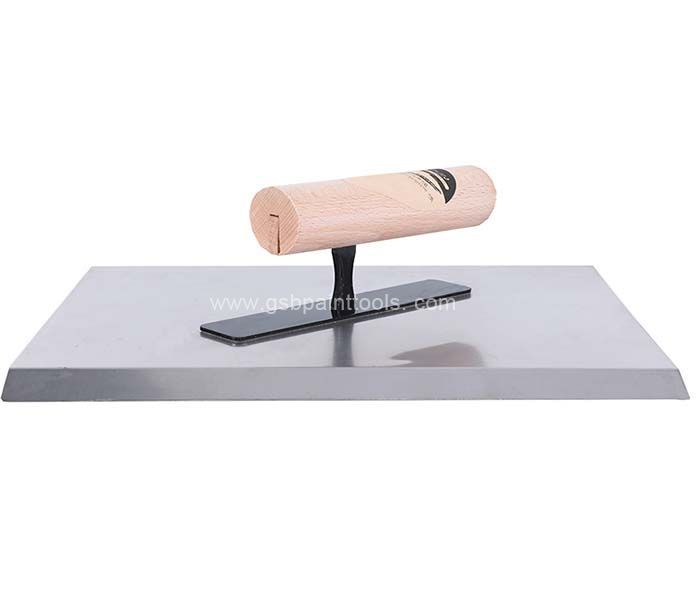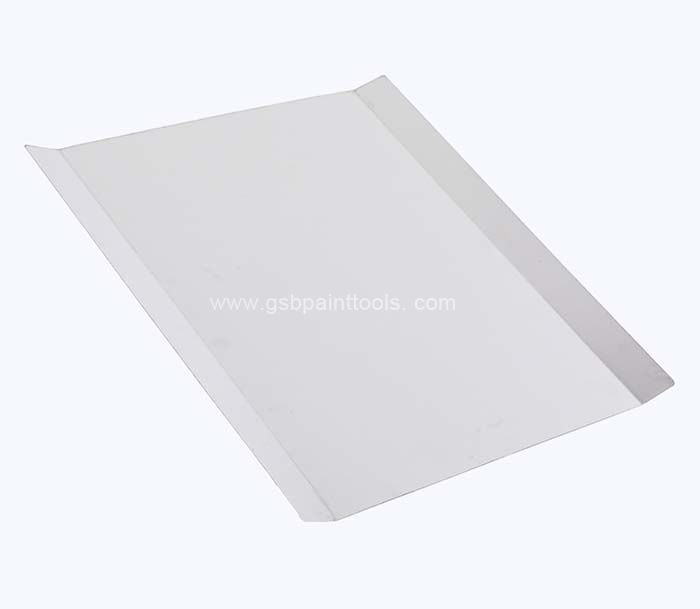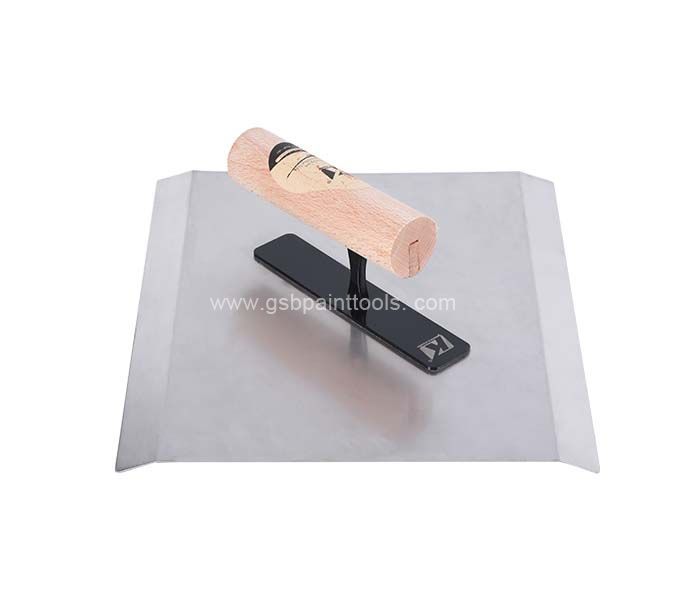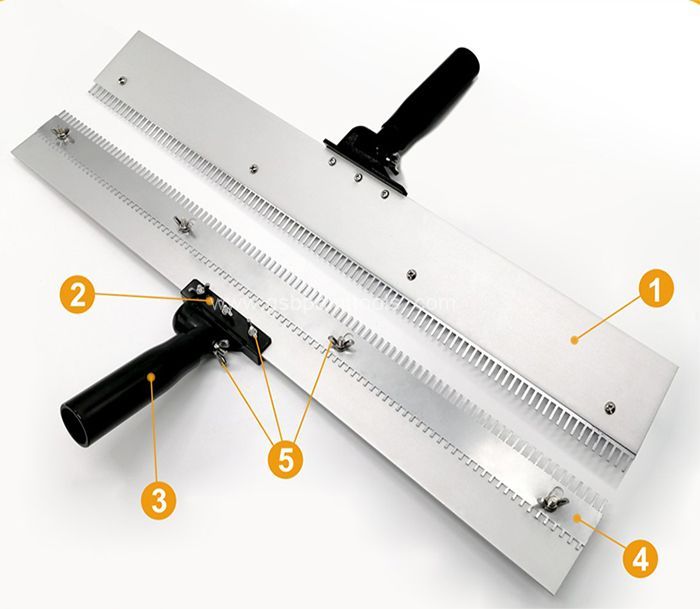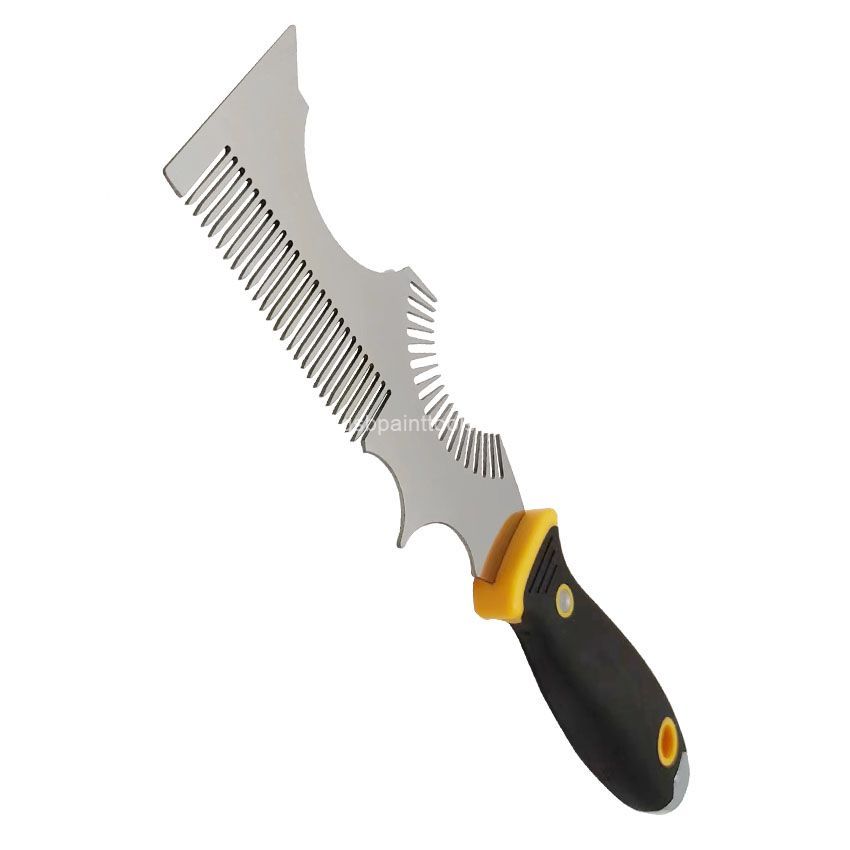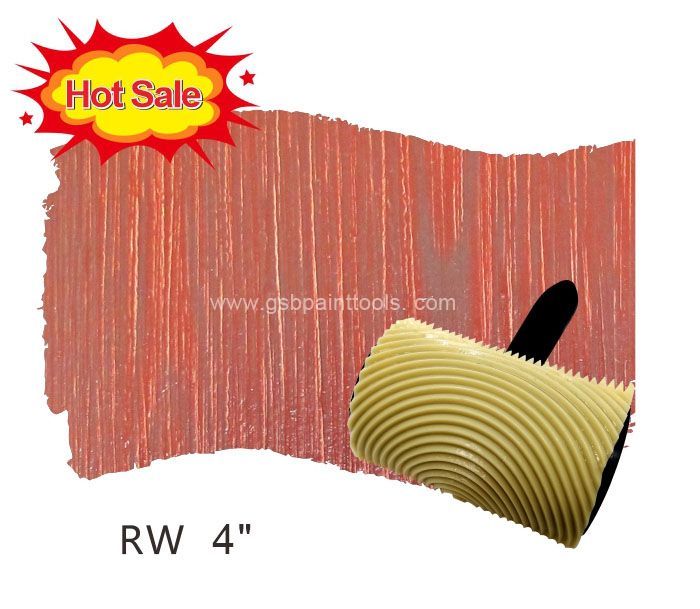Features:
Stainless steel Hawk Tray Trowel with Wood Handle for Drywall and Plaster
Item NO:GS-K010
Size: 240*270mm
A hawk is the number one must-have tool for any professional plasterer. The hawk is used to carry and hold the plaster as they move down the wall. It allows you to apply your plaster easily and rapidly across both ceilings and walls. A hawk does in fact generally have a stick stuck onto a plate design of construction. It gives you an easier means to control the tool. All hawks I have seen had a metal plate with a wooden or plastic handle attached to it.
QUALITY MATERIAL - The drywall hawk is made of premium aluminium sheet, which is rustproof, lightweight, and has a smooth surface. Its handle uses wood plastic, which is wear-resistant, durable, and non-slip.
HUMANIZED DESIGN - The aluminium plastering hawk is equipped with a soft handle, which provides a comfortable grip and can reduce hand fatigue.
PRACTICAL TOOL - The mortar board holder is ideal for applying plaster, cement, or other bonding materials to walls. The ring patterns on the board help keep these compounds from slipping off. The hawk is a reliable tool for builders and renovation workers.
EASY TO MOUNT - Follow the three simple steps to complete the installation. Insert the handle into the round base. Put the handle on the side without ring patterns.
Product Description:
K Brand level-5 Drywall Taping Knives are built to the highest standard, designed and manufactured using almost 20 years of input from professional finishers.
PRODUCT FEATURES OF DRYWALL HAWK:
1.Premium quality blade with perfect, precise flex. Corrosion resistant;
2.Large blade back to hold more mud on the knife. Comfortable, full wooden grip handle. Anti-slip. Impact and solvent resistant;
3.Handle double riveted to the blade plate with rivets;
4.Rigid anodized backplate that is wider and thicker than competitive models;
5.Alloy metal hammer end for resetting drywall nails. Also adds blade protection when dropped;
6.Easy-peel label;
7.Stay organized! All our level-5 drywall hand tools feature large hang holes.
Buy this level-5 drywall Taping Knife and compare for yourself.We back all of our tools with the best warranties in the industry and they are guaranteed to exceed your expectations. If for ANY reason you don’t agree, returns through Amazon are easy.
PRODUCT WARNING
K Brand level-5 drywall skimming blades are sharp. Store your Taping Knives out of reach of children.
FAQ:
Q: What is a hawk in drywall?
A: A hawk is a tool used to hold a plaster, mortar, or a similar material, so that the user can repeatedly, quickly and easily get some of that material on the tool which then applies it to a surface. A hawk consists of a board about 13 inches square with a perpendicular handle fixed centrally on the reverse.
Q: How do you use a mortar Hawk to fill cracks?
A: Drop a pat of mortar onto a mortar hawk . Begin tuckpointing on the horizontal joints first. Hold the hawk against the brick and just under the joint to be filled, then slide some mortar into the open joint with a tuck pointer.
Q: How do you tuckpoint with mortar?
A: Mix the mortar to a pudding-like consistency, so you can slice off pieces with the trowel. Drop a pat of mortar onto a mortar hawk Begin tuckpointing on the horizontal joints first.
Q: What is the function of mortar in brick walls?
A: Mortar joints play a critical role in the structural integrity of a brick wall. They hold the bricks together, bear the compressive weight of the wall, and keep out water. The mortar is also the weak link in the brick wall system and is designed to deteriorate faster than the brick itself.
Q: How do you mix mortar to make it look better?
A: Mix a small amount of mortar with clean water, as directed by the mortar manufacturer, using a bucket and masonry trowel. If desired, add a liquid latex binder to improve adhesion and reduce cracking and shrinking. Also add a cement dye, if you’re using one to match an existing mortar color.
None







